Why do eggplant leaves wither and what to do about it?

Anyone who calls eggplant a finicky plant is not so wrong. Or rather, this culture requires a more delicate care, but the work is worth a good harvest of "blue" ones. Timely response to problems arising in the course of plant growth and development will save you from crop loss. And such a problem can be, for example, wilting of leaves.
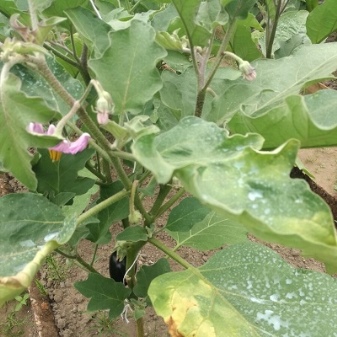
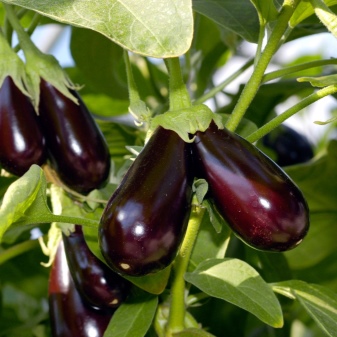
Signs
Eggplant is a thermophilic culture, and many problems arise if the summer resident forgets about it. It is really difficult to grow in cool climates. It is necessary to guess both with the soil temperature, and with the air temperature during disembarkation, and with the regulation of the soil composition. When mature leaves turn yellow and fall, it's not so scary. But if the leaves of the seedlings wither, you need to sound the alarm.
If yellow dots or whole yellowed areas or tips are seen on the leaf plate, it means that the plant has received a sunburn. It is difficult to confuse this sign with another: a withering leaf loses its vitality literally before our eyes. Also, the leaves can turn yellow, the lower ones curl and dry, and this is most likely the fault of fungal diseases. And unhealthy yellowness can also spread along the leaf from the veins, while the lower ones will curl especially quickly, as if they were dipped in boiling water - this is how, for example, verticillosis, a dangerous fungal disease, acts.
In any case, whether the leaves dry up, whether the leaves wither, whether they fall off, an urgent need to fix the problem, try to find out what is the reason, and act.
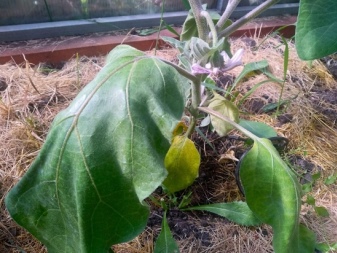
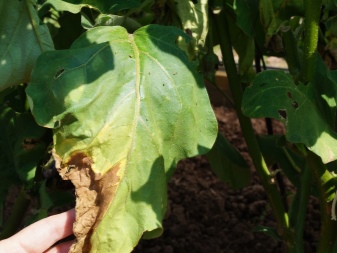
Causes
And it turns out that there are a lot of them. Many of them are directly associated with illiterate care, with some kind of external factors or pests and diseases. Why do eggplant leaves wither.
- Lack of nutrition. Seedlings that are grown in compact containers most often suffer from this problem. Plant growth slows down, the foliage turns either yellow or even turns white, the lower leaf plates begin to dry out. And if the fasting is phosphorus, the leaves turn red or brown.
- Violated watering regime... It is the green mass that will fade first. Saplings are equally ill with a lack of moisture and with overflow. If they suffer from drought, the plants wilt, weaken, the leaves dry. When overflowing, the soil turns out to be sour, the culture is attacked by fungi. Eggplants experience oxygen starvation, which is why they grow very slowly.
- Fungi and viruses... Blackleg, Fusarium and Verticillium are the main plagues for eggplants. Fungi usually attack vulnerable plants, and can "attack" when diving. The fungus usually gets into seedlings if the plant gets microtrauma, if the root part or stem is injured. It should be understood that fungal spores in the ground can sit for decades. Therefore, if diseased plants are found, healthy seedlings require renewed soil.
- Disastrous sun exposure... Saplings that are under the scorching sun for a long time is an almost one hundred percent burn for thin leaves. Brown spots appear on the leaves, the leaves curl, dry out. This often happens if the seedlings are ripening on the balcony or windowsill on the south side, if the eggplants were grown under a phytolamp and sent to the ground in a sunny area. Finally, if the crop is watered at noon.
- Planting too early in a greenhouse or open ground. If untimely planting, eggplants will experience enormous, without exaggeration, stress. Plants will ache, become weak, and fungi will start to attack them.And the cold season is almost always a lack of nutrition and moisture, which is what leaves of culture can die off. The fact that the eggplants were transplanted early can be understood by their slow growth and the bluish color of the stems and the back of the leaf.
Drying of the upper leaves often indicates a nitrogen deficiency.... Although sometimes it is enough, it is just poorly absorbed. It may also be due to a lack of calcium, boron, iron. The lower leaves are affected by disease and poor care. Withered and withering leaves are almost always underfeeding / overfeeding of eggplants, temperature failures, improper watering, fungal and viral infection. And withered and deformed leaves often speak of a lack of light, excess moisture and insects eating leaves. But if the leaves of the plants dried up immediately after planting in open ground or transplanting into a greenhouse, then it was most likely early. Collapsible greenhouses or temporary shelters (we are talking about open ground) will help.
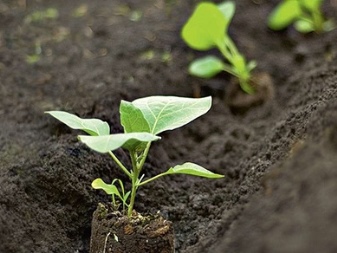
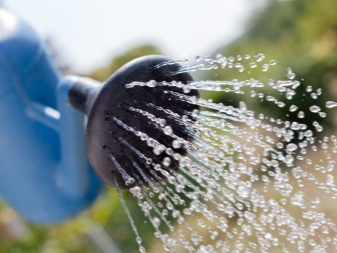
Control methods
You just need to remove the factors that led to the problem. This, of course, is not always immediately understood, what is wrong. Therefore, below is a list by which you can check, perhaps, this will reveal the source of wilting leaves.
How to help eggplants.
- Adjust watering mode - plentiful watering is pleasant to plants, but at the same time the soil should not be swamped. It is necessary to water the eggplants only with warm water, the signal for watering is the drying out of the earth. In the heat, the irrigation regime becomes more intense, water is applied exclusively under the root, it should not fall on the leaves.
- Establish a feeding system - the first ones fall on the two-week mark after planting seedlings in the ground. Usually these are nitrogen-containing compounds, infusion of bird droppings. The next top dressing will be at the stage of flowering and fruiting, potassium-phosphorus compositions during this period are especially relevant.
- If diseases have already been detected, you need to act - folk remedies such as soap solution, ash, hydrogen peroxide will help... And also popular drugs like Fitosporin and Fundazol.
That, perhaps, is all: if you follow these rules of care, the plants should grow stronger and develop flawlessly. And in order not to wait for the appearance of alarming symptoms, you need to turn on the leaf wilting prevention mode even earlier.
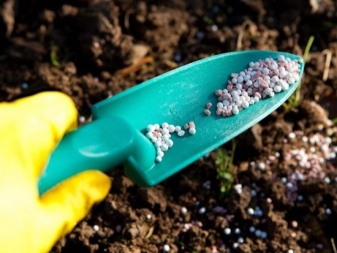

Prophylaxis
There are 6 basic rules, which are usually enough to prevent a local disaster.
- Planting material, even selected, visually strong, healthy, it will not hurt to treat it with a weak manganese solution before sending it to a permanent place of growth.
- To plant eggplants not at random, but in good, healthy soil, you need to make sure of its quality... Perhaps buy a ready-made one. If there is no such option, you can ignite the soil in the oven, spill it with disinfectants.
- Loosening the land in which the seedlings grow, pruning and replanting plants can be done with an extremely sterile tool. Do not take scissors or a scalpel from a neighbor on the site, do not use the one that you yourself have cut the bush with, but take only a disinfected tool.
- The seeding pattern when planting is a serious thing. It often happens that the eggplant wilted due to a very close planting.
- Temperature regime and irrigation regime are our everything... If it is hot and the plants are in the open field, they must be shaded. The greenhouse is also ventilated in a timely manner (but without drafts).
- As soon as the first signs of the disease on the plant are found, it is better to remove diseased bushes immediately, and treat the remaining seedlings with antifungal drugs or folk remedies.
Everything is simple and clear, and you don't need to be an experienced gardener to cope with a little naughty eggplant. Let them grow large and tasty!
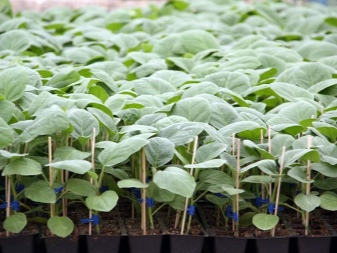
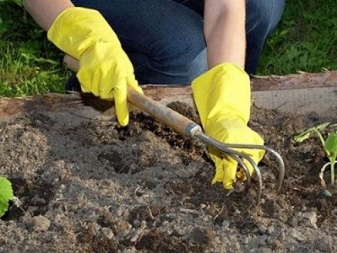





The comment was sent successfully.